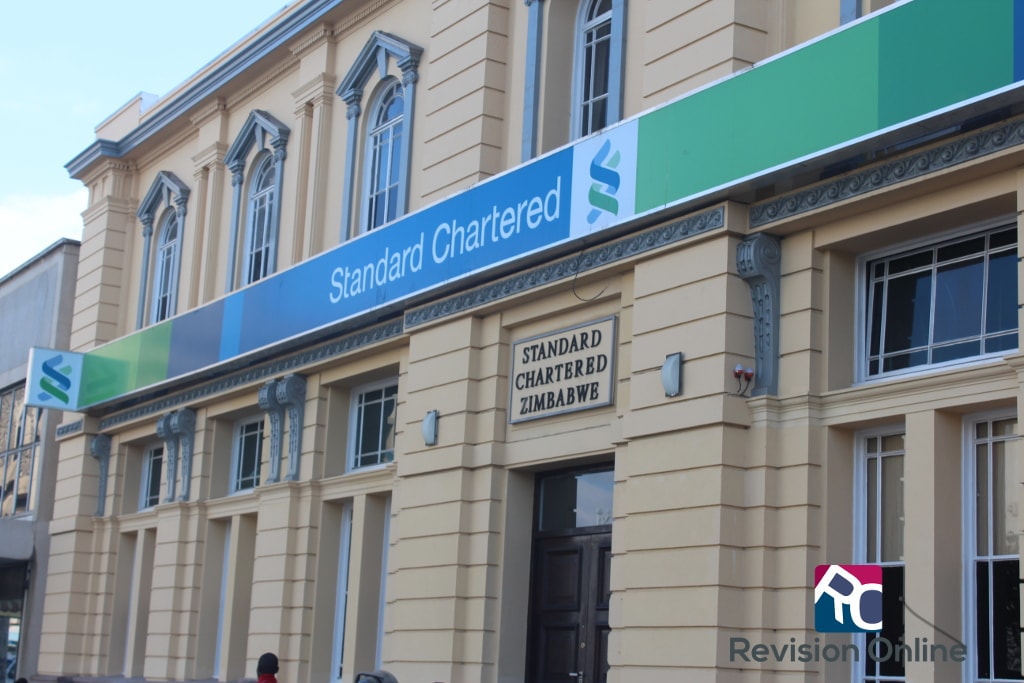Cambridge IGCSE Accounting(0452)/O Level Principles of Accounts(7110) Notes: Introduction to Bank Reconciliation Statements
- When we looked at the Cash Book we mentioned that all bank related transactions are recorded in it
- We glaringly ignored one fact the bank is also a business
- They have their own set of records about our deposits and withdrawals
- In modern times due to the rise in the use of computers and online banking this record is usually a mirror image of the bank columns in the cash book
- This means that in most cases nowadays the bank balance shown on the bank statement would be the same as the bank balance shown in the cash book
- There are still however instances where the balances shown on the bank statement would be different from the bank balance shown in bank column of the cash books
- This is because:
- There would be items that would have been recorded on the bank statement that would not yet have been recorded in the Cash Book
- These items include:
- Customers that would have send an RTGS transfer (called a Giro transfer in other countries) and not informed us about this
- Customers that would have send a ZIPIT transfer without informing us
- Bank Charges
- Transaction charges
- Direct Debits where customers have been granted permission to debit the business’s account at regular intervals for example utility companies
The need for a bank reconciliation statement
- Whenever there is a difference between the bank balance as shown in the Cash Book and the bank balance as shown on the bank statement
- The business needs to account for such a difference
- First the Cash Book needs to be updated to include items shown on the bank statement that had not yet been recorded in it
- Once we have an updated Cash Book the balances of the Updated Cash Book and Bank Statement must be compared
- If the two are still different then there is need to prepare a Bank reconciliation statement
- A bank reconciliation statement is used to:
- Ascertain the reason for the difference
- Determine that the difference is not a result of fraud or error
- Usually the difference is because there are items/transactions we know about that the bank has not yet recorded on their end
- This may be because the bank does not know about these items yet or
- As part of normal processing these items have not yet been processed and shown on the bank statement
- Popular items accounting for the differences are:
- Unpresented cheques- these are cheques we have written about but have not yet been presented by the creditors in question for payment at their various banks
- Pending debits– for example when we make an RTGS transfer it takes at least 24 hours to go through and even longer on weekends and public holidays, this means we have made a payment but the bank has not yet recorded this on our bank statement yet. The effect here is similar to that of Unpresented cheques.
- Uncredited lodgements- these amounts we have received e.g. via RTGS or Cheques but have not yet been credited to our bank account as part normal processing
A word about cheques
- In most African countries, Zimbabwe included, and even in developed countries cheques are falling out of favour as people favour computer based methods of making payments
- Few business if any still accept actual cheques in Zimbabwe due to fear of cheque fraud and the higher processing charges that are levied on cheques
- People tend to favour electronic methods of payment such as ZIPIT, Ecocash and Telecash among others
- These are usually instantaneous and appear on bank balances instantly lessening the chances of bank balances being different
- There remains the issue of RTGS transfers these usually take a few days to go through
- As a result their effect is almost the same as that of cheques
- Despite the fall in the usage of cheques examiners still bring questions involving cheques in the exam
- Dutifully and for your own sake we will play along and pretend that cheques are still quite popular out there
- Dishonored cheques means the business did not receive proper payment from a customer
- In such instances the original debt has to be reinstated in the books until proper payment is received
- To reinstate the debt:
- Dr Customer’s Account in the Ledger or Debtor’s Control Account depending on the business’s policy
- Cr Bank Account
- You can include the words dishonoured cheque in front of the narration in the details column for reference purposes
- In real life that might not be necessary as transactions like these are usually backed up by a journal entry with a summary explaining what happened, the account entry has a link to the relevant journal entry in accounting software
To access more topics go to the Principles of Accounting Notes.




